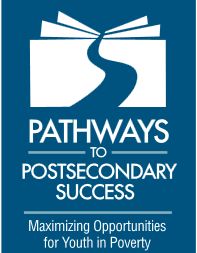Mentorship and the Postsecondary Educational Attainment of Low-Income Youth

By Mariam Ashtiani and Cynthia Feliciano. The relatively low educational attainment of youth from low-income backgrounds has been a long-standing social problem in the United States. For decades, researchers and policymakers have been concerned with reconciling the ideal of an American educational system that allows ample opportunities for upward mobility with the reality that educational outcomes are strongly linked to other factors, including family income (Davis-Kean, 2005; Duncan, Yeung, Brooks-Gunn, & Smith, 1998; Duncan, Featherman, & Duncan, 1972; Mare, 1980; Teachman, Paasch, Day, & Carver, 1997). In an era that has witnessed staggering increases in class inequality, the importance of earning a college degree has never been greater, and yet the availability of resources that facilitate college access and completion for students who grow up in poverty is steadily declining (Duncan & Murnane, 2011; Kahlenberg, 2010). Mentors, who can serve as role models or spark a sense of possibility for the future, offer one important avenue for low-income youth to gain access to important information and tools necessary for academic success. This brief explores the significance of mentorship in the college entry and completion of low-income youth. Drawing from a nationally representative longitudinal study of American adolescents, we address three main questions:
- Does being mentored affect the college entry and completion rates of low-income youth?
- Are certain types of mentorship more beneficial to low-income youth than others?
- Are certain types of mentorship more beneficial to low-income youth than to middle/high-income youth?
